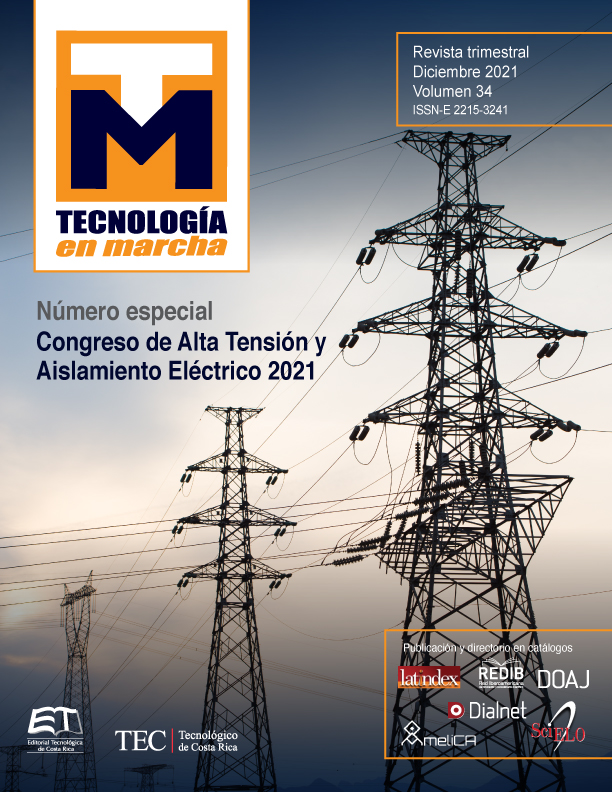Energy certification of an office building
Main Article Content
Abstract
Energy certification is presented as a very useful tool by offering information on energy efficiency, associated energy consumption and the CO2 emissions that such consumption generates, so looking for opportunities to save electricity in buildings through energy certification, It is presented as an opportunity that in Cuba has not yet been exploited. In this work, a study is developed on the application of the procedure applied in the European Community to certify buildings already built, and a group of energy efficiency measures and the possible use of Renewable Energy Sources in the building underneath are proposed. study, with the objective of raising the initial certification granted. For this, the CE3X software is applied, which allows evaluating the energy consumption indicators and the amount of CO2 emissions, associated with said consumption, which is released into the atmosphere. As a conclusion, it is obtained that the building has a high energy consumption, being a fundamental element the consumption that it has in the air conditioning system. This problem allowed for detailed proposals, resulting in 43% annual energy savings and 52% of global CO2 emissions. The measures proposed to achieve the above are economically justified by the values of the Net Present Value (NPV) calculated, based on a total investment to satisfy the chosen improvements of € 36,300.00, estimating that in 8 years the entire investment will have been recovered.
Article Details

This work is licensed under a Creative Commons Attribution-NonCommercial-NoDerivatives 4.0 International License.
Los autores conservan los derechos de autor y ceden a la revista el derecho de la primera publicación y pueda editarlo, reproducirlo, distribuirlo, exhibirlo y comunicarlo en el país y en el extranjero mediante medios impresos y electrónicos. Asimismo, asumen el compromiso sobre cualquier litigio o reclamación relacionada con derechos de propiedad intelectual, exonerando de responsabilidad a la Editorial Tecnológica de Costa Rica. Además, se establece que los autores pueden realizar otros acuerdos contractuales independientes y adicionales para la distribución no exclusiva de la versión del artículo publicado en esta revista (p. ej., incluirlo en un repositorio institucional o publicarlo en un libro) siempre que indiquen claramente que el trabajo se publicó por primera vez en esta revista.
References
“Código Técnico de la Vivienda, España”, BOE-A-2006-5515, vol. 74, pp. 11816 a 11831, 2006. https://www. boe.es/eli/es/rd/2006/03/17/314
D. Marqués et al. “Análisis y certificación energética de una vivienda”, Consulta:25 junio, 2019. https://addi. ehu.es/handle/10810/36823
M.Castro et al. “Evaluación preliminar desde el punto de vista de le eficiencia energética del edificio del CEDAI. Informe final de contrato”, Documento Interno, 2019.

